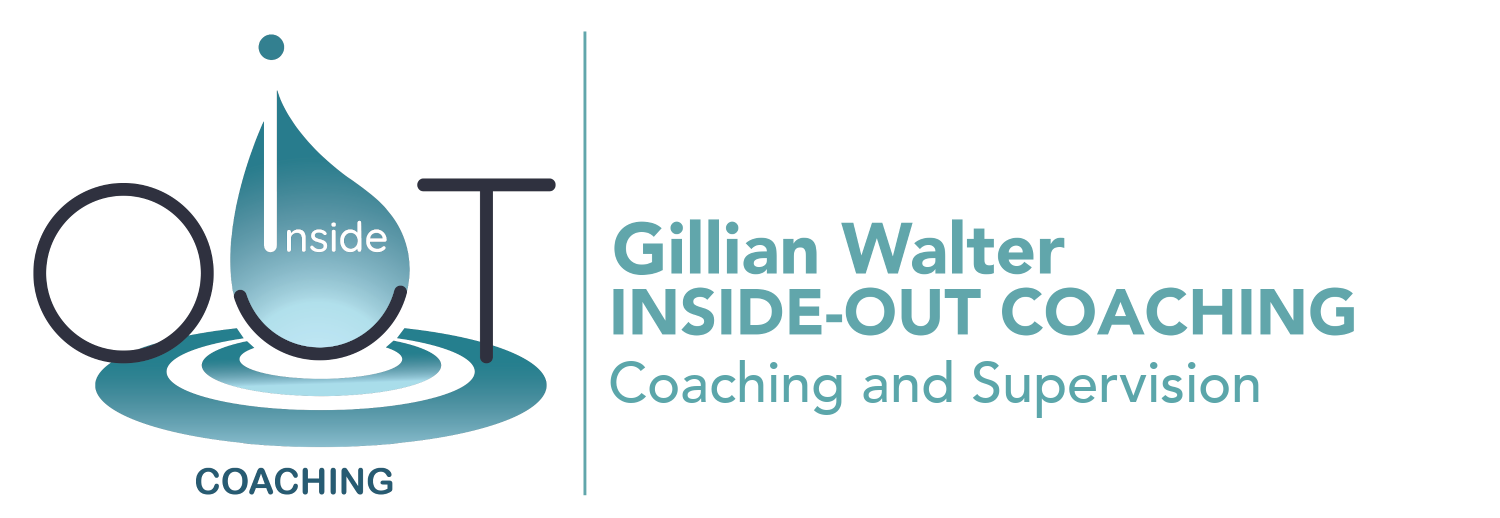
Seize the Day
On Wednesday, I heard that my office partner and dear friend, Charles died. He had a fall just before the Christmas holidays and is gone before the first week of the New Year is over. I can’t believe that I won’t have his bubbly fun in the office with me anymore.
As I walked my dog (who Charles spoiled rotten!) in the snow that morning, I was telling myself how difficult it will be to go into the office without him and started to cry. I suddenly heard my dear, pragmatic Charles telling me as clear as day, “Come on now Gillian, that won’t get us anywhere. Let’s focus on the important stuff and stop that sniffling.” His voice made me smile. Thank you, Charles. Yes, what is most important right now? The learning!
So, in memory of a wonderful man who would have had the best advice for me today, here are Charles’ parting lessons.
If this were the end of your life what would matter most right now?
What would be your number one focus?
How would you view issues, relationships and decisions differently?
COVID-19 has many of us hanging in limbo with all plans for the future on hold. Many of us have had to cancel things that were important to us. Lives, dreams and ideas are paused. Even those of us still trying to keep going as normal know that this is not life as usual. We have the best excuse ever for putting lives on hold.
What if you really were at the end of your life, looking back on today; what would you want to look back on and remember?
· How would you want to have handled the current situation?
· What would you say was really most important to you?
· How would you want to have treated the people in your life?
· What decisions would you want to have made?
· What legacy would you want to be leaving?
· What if today’s interactions would be your last?
· What would you change?
· What would matter most?
What advice and guidance would my inner Charles offer?
I recently wrote a blog around how our inner narratives can keep us from reaching our goals and about the special, self-critical voice, words and tone that we save just to beat ourselves up with. These words, phrases and tones are generally well meaning. They are old friends doing their very best to keep us safely away from risk and in our comfort zone. However much we might want to change old patterns, our personal inner dialogue mix of what-ifs, if-onlys, I can’ts, I’m not good enoughs, I’ll get it wrongs etc. persuades us to slip back to the old, uncomfortable, but well known, comfort zones.
· How do you speak to yourself in times of difficulty?
· What have you been telling yourself recently?
· What advice do you give yourself?
· How do you doubt / support yourself?
· What does your inner dialogue say about how you see yourself?
Think of phrases you say to yourself in difficult situations using ‘I’. If you are anything like most, you might say something like, ‘I’m just useless’, I just shouldn’t bother’, ‘I’m scared,’ ‘I don’t know what I’m doing’, ‘I’m not worth it’, ‘why do I always…’ etc. If you can’t think of any difficult situation right now, think back to the last one you experienced. I was giving myself a hard time today for giving Charles a calendar of pictures of my dog walks for Christmas when he died on the 5th of January!
How we talk to ourself makes a bigger difference than you would think. Try this little exercise:
- Make a tight fist with one hand.
- Now direct your inner “I” phrases towards that fist. Don’t hold back! Try and replicate the tone, volume, impatience and words usually reserved for beating yourself up. It can help to think of speaking from the voice of someone who was impatient with you as a child to get you started.
- Notice what happens to your muscles, your breathing, your posture etc.
- Shake it out, breathe deeply and move.
- Make a tight fist again. Cover it with your other hand to help the fist be even tighter.
- Take the same difficult situation but speak to yourself in the 2nd or 3rd person; as if a more mature, rational or reasonable person were supporting you. Use your name, we or us. E.g., ‘Come on, Gillian-what matters most here?’, ‘Let’s think this through’, ‘What are you really nervous about, Gillian?’, ‘How else can we think about this?’, ‘Let’s try’, ‘You’ve got this, Gillian’ and so on. It can help to think of speaking from the voice of someone who supported you with love, patience and fun as a child to get you started.
- Notice what happens to your muscles, your breathing, your posture etc. as you offer yourself compassionate advice from another person’s standpoint.
I had a supervision client that asked herself ‘What would Gillian say or ask here?’ in complex coaching client situations. As well as being complimentary, using someone you trust as an inner dialogue is extremely useful. Think about what you noticed in the fist experiment. Chances are that speaking to your fist from the perspective of a wiser, supportive role model had a very different influence on soothing you, growing your emotional resilience and altering how you think and act. It is like taking a step back and looking for new perspectives with a partner, rather than being deeply and emotionally alone in the problem hole and using all your energy to beat yourself up for not being able to see a way out.
What changes for you when you talk to yourself:
· As if you are offering someone else comfort, advice and guidance?
· As if a role-model offering their wisdom to you?
· As if you are speaking to yourself as a small child facing a problem?
Who can you treat differently today; as if you won’t see them again tomorrow?
Try to use your own name or 3rd person when thinking in an inner-narrative voice today.
Let me know what happens.
If you want to know more about inner narratives, I can thoroughly recommend the ‘Speaking of Psychology: Inner monologues’ podcast with Ethan Kross, PhD.
https://www.apa.org/research/action/speaking-of-psychology/inner-monologues

